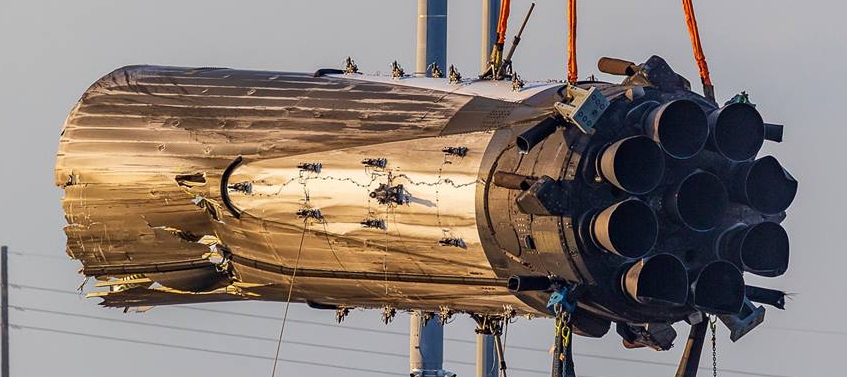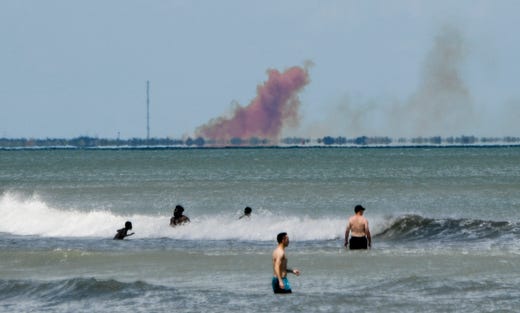- Joined
- Jan 17, 2009
- Messages
- 5,204
- Reaction score
- 1,547
Ohhh...FUDGE!
https://www.theverge.com/2019/4/15/18311945/spacex-falcon-heavy-center-core-drone-ship-rough-ocean

"SpaceX loses the center core of its
Falcon Heavy rocket due to choppy seas
It landed on its drone ship, but the ocean was too rough to keep it there"
Falcon Heavy rocket due to choppy seas
It landed on its drone ship, but the ocean was too rough to keep it there"
https://www.theverge.com/2019/4/15/18311945/spacex-falcon-heavy-center-core-drone-ship-rough-ocean

Last edited:











